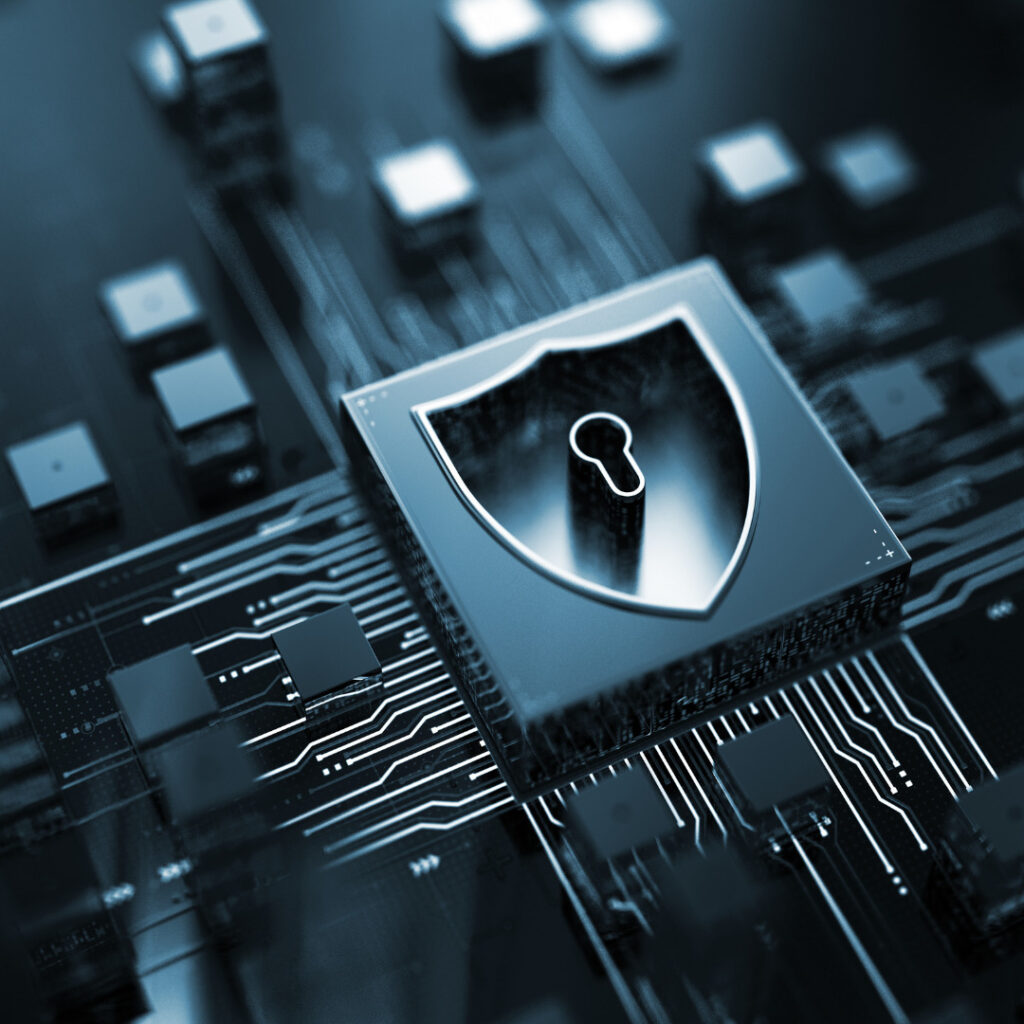A Look at Cybersecurity in Containerized Systems
Cybersecurity is the backbone of modern information systems. The growing number of cyber threats requires a constant attention to and improvement of protective measures. The basic principles of cybersecurity include confidentiality, integrity, and availability. Confidentiality means that only authorized users and systems have data access. This prevents unauthorized access and information leakage. Integrity means that […]
Cybersecurity

Cybersecurity is the backbone of modern information systems. The growing number of cyber threats requires a constant attention to and improvement of protective measures.
The basic principles of cybersecurity include confidentiality, integrity, and availability.
Confidentiality means that only authorized users and systems have data access. This prevents unauthorized access and information leakage.
Integrity means that data is protected from unauthorized modification or deletion, which ensures its accuracy and completeness.
Availability ensures that systems and data are available to authorized users at the right time. This is very important for business continuity.
In addition to the basic principles, authentication, authorization, and logging are also important aspects of cybersecurity.

Authentication verifies the identity of the person or system requesting access. This ensures that only legitimate users can access the system.
Authorization determines what resources and actions are allowed for each user based on their access rights, which limits the possibility of unauthorized actions.
Logging involves keeping records of all events and activities in the system. The records allow auditing and detecting anomalies that may indicate attempts at abuse or attacks.
Containerization
Containerization grows increasingly popular due to its ability to provide an isolated environment for running applications. However, using containers comes with specific security challenges. One of the main risks is the security of container images. If images are not regularly scanned and updated, they may contain known vulnerabilities that attackers can use for attacks.
Another problem is network isolation. Containers can communicate with each other over the network, which creates potential network security risks, including the possibility of man-in-the-middle attacks.
Managing secrets such as passwords and keys also becomes more difficult in containerized environments. This requires the use of secure secret management techniques to prevent leakage or denial of service.
Container orchestration adds another layer of complexity to security management. Using orchestrators such as Kubernetes requires security at both the individual container and cluster level. This includes setting up access policies, controlling resources, and protecting against insider threats.
Lack of proper monitoring and logging can also make it difficult to detect and investigate security incidents. To avoid this, it is necessary to implement effective tools.
Containerization has several significant security advantages.
It provides isolation of environments, which minimizes the risk of applications interacting with each other. This allows for greater stability and security of the system as a whole.

Containerized applications are portable, which allows them to be easily moved between different environments while maintaining their integrity and configuration. This greatly simplifies testing and deployment processes, ensuring consistency at all stages.
Another advantage is the speed of deployment of containerized applications.
Containers allow one to quickly deploy and scale applications. This helps people respond quickly to threats and business needs. Containers also reduce the attack surface by using minimalistic images that contain only the necessary components. This reduces the number of vulnerabilities.
However, containerization has its drawbacks.
The main risk is the vulnerability of containerized images. If images are not regularly scanned, they may contain known vulnerabilities that can be exploited by attackers. Networking between containers also poses risks, as possible man-in-the-middle attacks can compromise the integrity and confidentiality of the data being transmitted.
The complexity of security management is a significant disadvantage of containerization. Using a large number of containers and orchestrators requires proper management of security policies and configurations. This includes controlling access, configuring network policies, and ensuring compliance with security standards.
While containers provide a certain level of isolation, they are less isolated than virtual machines. This can lead to the exploitation of vulnerabilities at the operating system kernel level, which increases the risk of successful attacks.
In summary, containerization provides significant benefits for application development and scaling but requires a careful approach to security management. It is necessary to implement modern security methods to minimize risks and ensure the reliable operation of containerized systems effectively.
To discover more about the technology services Swan provides and how we could help your company, schedule a free assessment.




